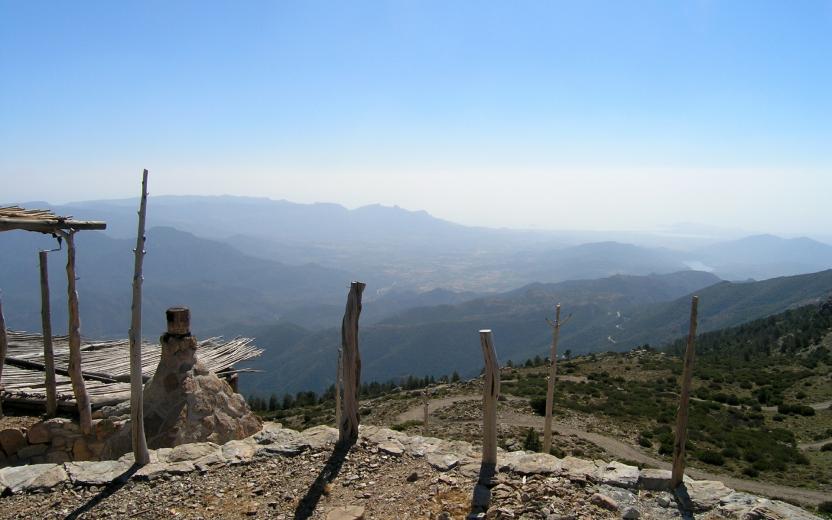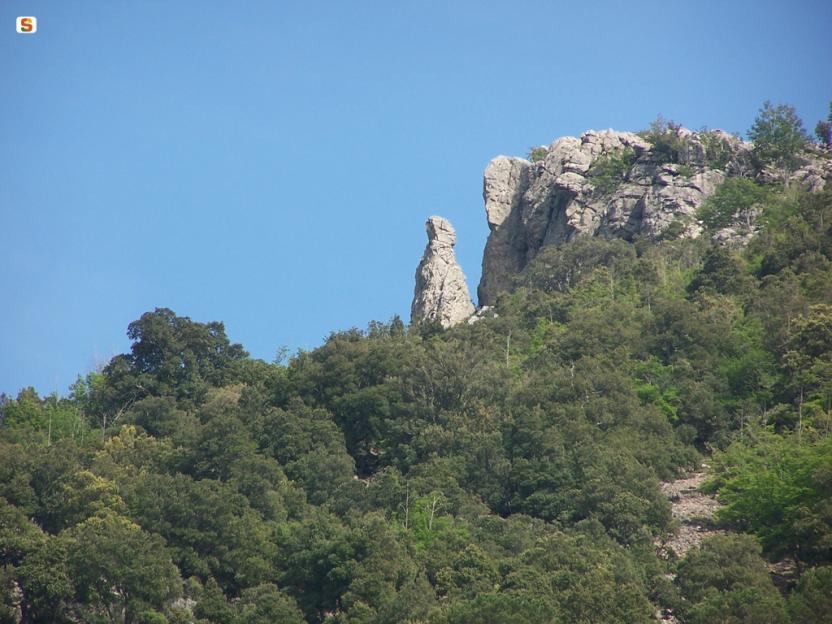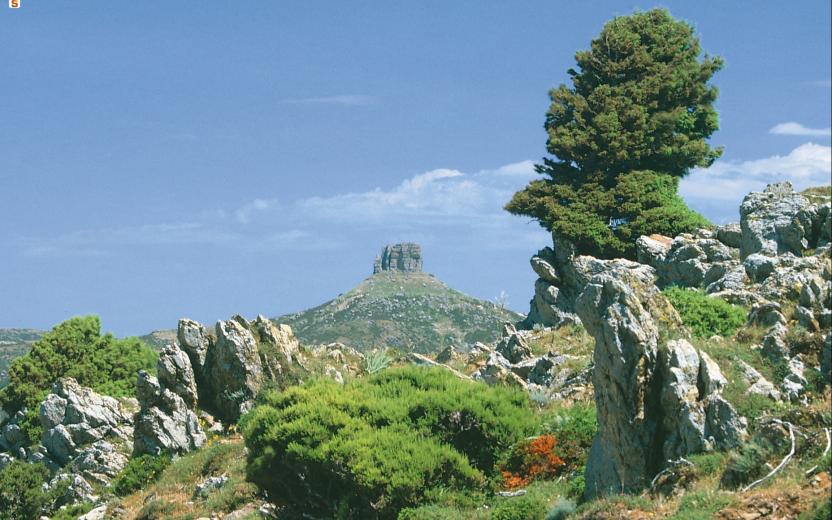Sentiero Italia (Stage Z21B) Ulassai - Jerzu
Overview of the itinerary
Sentiero Italia runs the length of the island’s eastern side, covering its most important mountains, in 28 stages. Starting from the north: it flanks the Monte Limbara massif, crosses the limestones of Mont’Albo and Tuttavista, skirting the Gulf of Orosei, it crosses the Supramonte, Gennargentu and the Tacchi of Ogliastra and reaches Perdasdefogu. Further south, it passes through Armungia and the Gerrei sub-region. Lastly, it touches on the villages of Burcei and San Gregorio, continuing on the Sette Fratelli massif to the old prisons of Castiadas.
General information on Sentiero Italia (Grand Italian Trail)
Sentiero Italia, or Grand Italian Trail, as also explained on the official website, is a walking route that crosses the whole of Italy, using mainly but not exclusively “registered trails”.
In particular, in Sardinia, not all the stages of the Sentiero Italia of CAI (Italian Alpine Club) are made of trails already included in the registry of the Sardinia Trail Network (RES), either because they have not yet been tested and approved or simply because they cannot be registered as they do not meet the requirements. However, as a whole, the Sentiero Italia is the single longest walking route currently crossing Sardinia from the north (S. Teresa Gallura, stage Z 1) to the south (Castiadas, end of stage Z 28), touching on the most fascinating mountain areas in central-eastern Sardinia: the plateau of Buddusò, Tepilora, the Cedrino river valley, the ancient forests of Montes, Perda Liana and the regional forest of Montarbu, Monte Genis, and lastly the regional forest of Settefratelli (among the many crossed by the various stages of this long hiking itinerary).
Information on this stage of the trail
The original stage was quite long, more than 28 km, so it has been split into two parts.
Route 21B is the shortest section, about 10 km, ending in the small town of Ulassai, home to artist Maria Lai and a rock climbing mecca with many bolted routes of varying levels of difficulty.
Leaving the town of Ulassai, follow a short stretch of via S’Arenargiu, where a weaving workshop is located, and a little further on, the fork for Monte Matzeu, which you should leave to your right to continue on a dirt track in a southerly direction. You will then take a path, still heading south, through a beautiful forest with the route sufficiently marked with stone cairns and, passing alongside Monte Tisiddu, you will come to a dirt track that leads, after passing several forks, to an easy path heading south-east. In this section you will find two springs, the first near a hut and the second near a small wooden cabin that can be used as a camping point if necessary.
After passing alongside road SP 13, cross it to continue uphill on a stretch of paved road. At a crossroads, turn right in a westerly direction. Once you have passed a gate with a side passage and the fork leading to the fire lookout, you will find a fork with a scenic spot on the right.
Back to the fork, continue in a westerly direction and then in a south-westerly direction towards the hotel-restaurant Rifugio d’Ogliastra (open all year round). You will then arrive at the stop point in the square of the country church of Sant’Antonio of Jerzu where there is a drinking fountain.
- Log in to post comments





